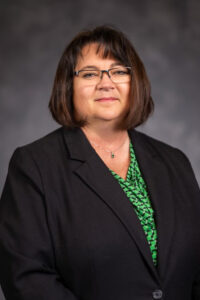The Texas A&M AgriLife Research and Extension Center of Vernon serves as the district office for the Rolling Plains District of AgriLife Extension, District III. The Rolling Plains district encompasses more than 24 million acres in north-central Texas.
The district represents 24 counties with a population of more than 509,000. The largest population resides in Parker County near the metroplex with over 140,000 people and the smallest being King County with 295 people on the western side of the district.
Extension Vision
Help Texans Better their lives
Mission
Through the application of science-based knowledge, we create high-quality, relevant continuing education that encourages lasting and effective change.
Capabilities
We provide programs, tools, and resources that teach people how to improve agriculture and food production, advance health practices, protect the environment, strengthen our communities, and enrich youth.
Youth Programs
Youth programs coordinated and offered by the Texas A&M AgriLife Extension Service in District III reach approximately 30,000 youth through organized 4-H clubs and curriculum enrichment programs. 4-H clubs have an annual enrollment of 3,317 youth while school based curriculum enrichment programs and special interest groups reach over 26,000 youth.
Texas A&M AgriLife Extension Agents residing in each county of the district are local educators responsible for the transfer of knowledge to these youth through direct teaching and the training of 1,573 volunteers. The volunteers assist County Extension Agents in educational efforts throughout the district enabling Texas A&M AgriLife Extension to reach a larger audience and provide more education in the development of life skills of our youth.
Family & Community Health
Family health, wellness and safety issues are of high importance within every county in the district. Our population is aging while young families continue to grow. The safety of our youth, the accident prevention of the elderly, and the proper nutrition related to all ages can provide millions of dollars in health savings to our clientele and our communities.
Texas A&M AgriLife Extension in each county focuses on each area of importance and provides principals to live a longer, better, and healthier life.
Agriculture programs
Agriculture is the main contributor to the District III economy. The approximate value of agricultural production is 1 billion dollars annually. Major commodities include cattle, cotton, wheat, and some specialty crops.
The district is known for many historic ranches, large cotton and wheat fields to the west, while the east is made up of smaller acreages with more intense management of cattle, forage and hay. Industry is also making its way to the district as the populations of the metroplex grow and people continue to move their families and businesses toward the counties on the eastern side of the district.

